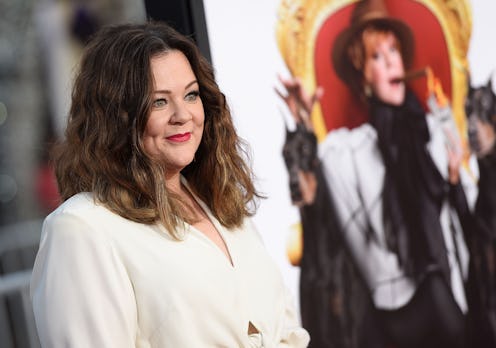The year 2016 is far from over, but TIME magazine is encouraging us to reflect upon it in a big way. You guessed it — TIME's 2016 list of the world's most influential people has arrived. As always, it includes individuals in various occupational spheres, including politics, philosophy, art, sports, and technology. Though the list is quite diverse in the way it defines "leadership," it has yet to achieve the most basic form of equal representation. With 60 men and 40 women, the TIME 100 list is still experiencing a gender gap. On the bright side, TIME features women on four of its six official "100 Most Influential People" magazine covers.
The list, which was first published in 1999, has always included more men than women. In 2015, for example, 40 women made the cut. Upon the list's release that year, Bustle's Emma Cueto pointed out that although it highlighted dozens of incredible women, TIME could do much better. Compared to the 41 women included in 2014, there was no significant improvement. This year, not much has changed yet again. Something else rather unfortunate remained constant: Women make up roughly half of the world's population but continue to be underrepresented. Despite the lopsided ratio, however, this year's 40 most influential women show us all why we must continue to disrupt the norm.
According to TIME editor Nancy Gibbs, a willingness to break boundaries is a common thread shared by every individual on the list. In a statement, she said that each of them inspires us to use our minds for something great:
One way or another they each embody a breakthrough: they broke the rules, broke the record, broke the silence, broke the boundaries to reveal what we’re capable of. They are seekers, with a fearless willingness to be surprised by what they find ... The people on the list, each in their own way, have lessons to teach.
Now, readers are simply waiting on the publication itself to represent one of those breakthroughs. In the meantime, the women highlighted by the list show females around the world that it's possible to find great success in fields that have traditionally been dominated by men. For example, 19-year-old Olympic gold-medal swimmer Katie Ledecky is the youngest person on the list. As a successful female athlete, she's proof that men and women should receive equal attention in sports. Politicians such as Angela Merkel, Nikki Haley, and Hillary Clinton are doing the same for their lines of work, as are female artists and activists.
